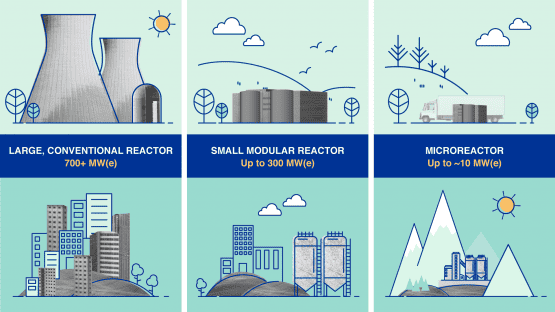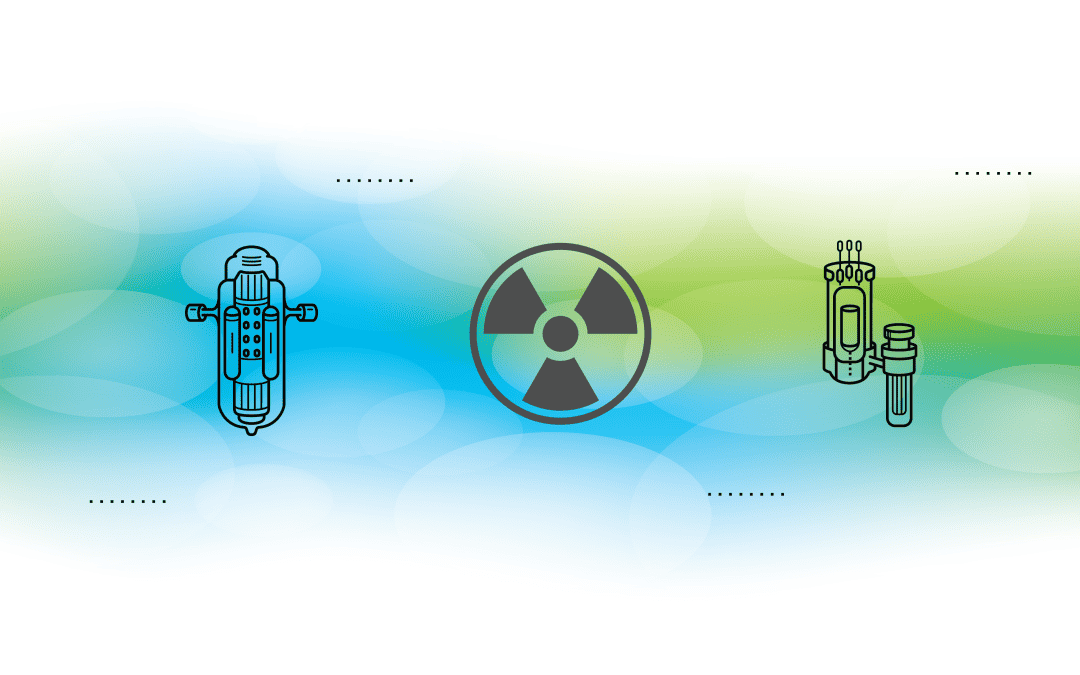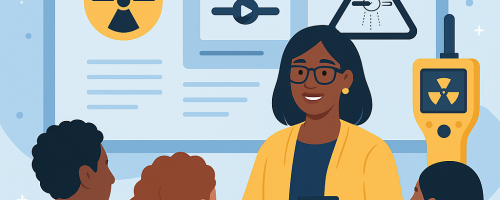SMRs have been in the news in Canada recently. For example, it was reported that the Canada Infrastructure Bank was contributing $970M to fund a SMR. What is an SMR and why would anyone in Canada spend so much money on them?
SMRs or “Small Modular Reactors” are “small” in power capacity (i.e., have a power capacity ranging from about 10 up to 300 megawatt (MW) per unit), “modular” such that components can be factory-assembled and transported as a unit to a site, nuclear “reactors”. It is important to realize that “small” in power capacity is only in comparison to full-sized nuclear reactors – a 300-megawatt “small” modular reactor could generate enough electricity to power approximately 230,000 homes a year.

https://www.iaea.org/newscenter/news/what-are-small-modular-reactors-smrs
What are the advantages of SMRs?
With their smaller footprint, SMRs can be sited on locations not suitable for larger nuclear power plants.
Prefabricated (“modular”) units of SMRs can be manufactured and then shipped and installed on site, making them more affordable to build and less subject to construction delays than large power reactors
SMRs can be deployed incrementally as energy demand in an area increases.
Canada contains many isolated communities with limited or no electrical grid coverage. Some isolated communities depend for power on diesel generators, which are both costly and green-house gas emitters. SMRs can be installed into an existing grid or remotely off-grid, as a function of its smaller electrical output, providing low-carbon power for industry and communities. Microreactors (SMRs designed to generate up to 10 MW) have smaller footprints than other SMRs and are well suited for regions otherwise inaccessible to clean, reliable, and affordable energy. SMRs could potentially also be used to replace the diesel generators used in Canadian mines.
SMR designs are generally more simple than full sized reactors, and the safety concept for SMRs often relies more on passive systems and inherent safety characteristics of the reactor, such as low power and operating pressure. These increased safety margins should lower the potential for unsafe releases of radioactivity to the environment and the public in case of an accident.
What is the current state of SMR development?
While there have been a few installed units, there are a great variety of potential SMR designs being considered. There are more than 70 commercial SMR designs being developed around the world. It is important to realize that, while SMRs have lower upfront capital cost per unit, their economic competitiveness is still to be proven in practice.
SMRs and renewables
SMRs, like other nuclear power plants, offer unique attributes in terms of efficiency, economics, and flexibility. Nuclear reactors can adjust output accordingly to electricity demand. In comparison, key renewable power sources, such as wind and solar, are variable energy sources that depend on the weather and time of day. SMRs could be paired with and increase the efficiency of renewable sources in a hybrid energy system. These characteristics may position SMRs to help countries like Canada address Sustainable Development Goals while playing a key role in the clean energy transition. However – much still needs to be done to determine if these devices will actually fulfill the dreams of their developers.
SMRs and radiation protection
Small modular reactors are regulated by the Canadian Nuclear Safety Commission (CNSC) in Canada. For more information about consideration for radiation protection for small modular reactors, please see our March 23, 2023 webinar: https://youtu.be/_GkpqoD7mjU.







